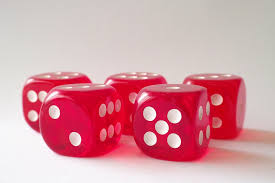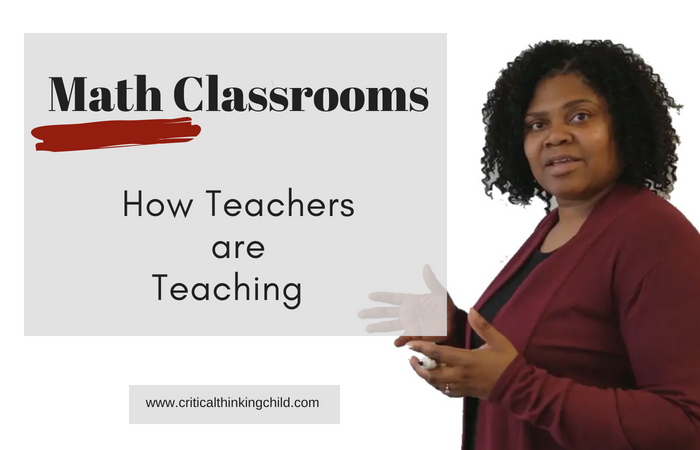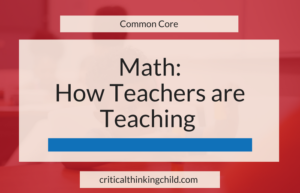Math classrooms have transformed over the years, moving away from rote memorization and formula-based problem solving and to (the much more effective) critical thinking and number sense. This might be different from the way you were taught, but you can still support your child at home. A few basic numeracy skills will go a long way, so you can help your child with greater confidence.
These four skills will help form a strong math foundation, so your child can be successful in math at school.
Watch the video of my 7 year old student and read the article.
Verbal Counting
Children must learn to count verbally before they can move to any kind of mental math or computation skills. This begins with simply saying numbers out loud, not necessarily in order, and then counting in order. In the early stages of counting in order, children always begin at one, but after lots of practice and increased number understanding, they can start at any number and begin to count forwards and backwards.
A key stage of verbal counting is skip counting by 10s, 5s, and 2s. Parents can help with counting at home in a variety of ways- through number books, songs, poems, and chants, and simply counting anytime you are on the move- in the car or waiting for a meal at restaurants. The more you practice verbal counting, the more you can develop your child’s number sense and get them ready for more advanced math concepts.
Object Counting

Object counting goes hand in hand with verbal counting, but the important concept here is one-to-one correspondence. This means that your child must understand that each number word corresponds to one object; for example, when counting pencils, your child must touch or move each pencil each time they say a number word to show that they understand this concept. Object counting is easy to practice at home as well- you can use math tools like a number rack with beads where your child moves a bead each time they count, or you can simply count objects around the house- spoons in the kitchen, toys in the toy box, books on the bookshelf.
Once children get the hang of object counting, they will want to count everything! Accuracy is important here, so if you notice your child doesn’t understand one-to-one correspondence or is skipping numbers, make sure you gently correct any misunderstandings. Eventually your child will develop flexible thinking skills enabling them to associate a single object with a value greater than 1. Object counting of money is a good example where one dime represents 10 cents.
Subitizing

Subitizing is a mathematical skill that children usually develop around age 4 or 5. It is the concept of quickly recognizing a number without having to individually count, like adults do when they roll dice and can immediately tell that there are 4 or 6 dots without counting. Dice are certainly a great tool to use to develop this skill.
Other tools that you can use are math games, abacus, dominoes or playing cards where children quickly tell the number of hearts or spades, or dot cards where children count dots. This can even be a fun seasonal activity where your child can count the number of pumpkins or snowmen on a piece of paper or greeting card. This quick identification of number amounts will really help to build numeracy as your children learn more advanced concepts.
How Many?
Once your child has grasped counting and subitizing, you can move on to “how many” questions. These questions are designed to see if you have enough of an object, and sets the foundation for more advanced questions like “how many more” and “how many fewer” in older grades. You can start by saying “We need 4 forks on the table for dinner. Here are 3. Do we have enough?” Your child can tell you yes or no, then if you feel they are ready, they can tell you how many more they would need to get to 4. This can be done with math tools like dice and counters as well as with household objects like beans and crayons. You can make this into a game to make it more fun for your child!
Teachers are now teaching much more than rote memorization; they are teaching conceptually with a strong number sense foundation. Focus on these skills at home with your child and you can set them up for math success in elementary school and beyond!

Article: Is Your Child Struggling with Math?




